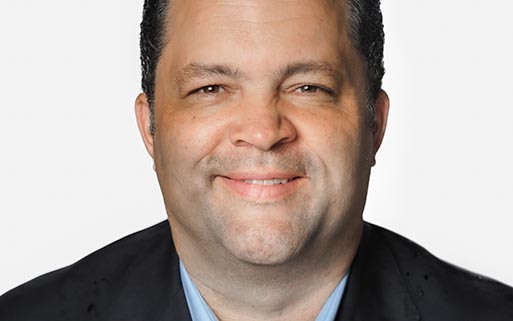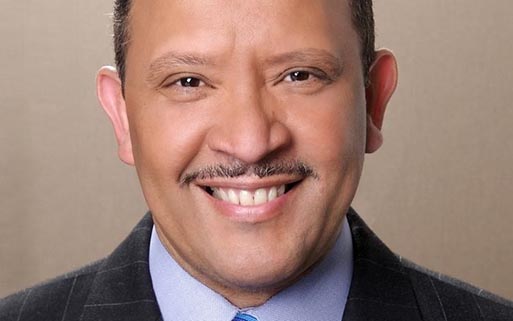
by Aziah Siid
It seemed to be an outrageous case of a teacher abusing a student, captured on videotape.
In September 2022, surveillance cameras captured Amber Hall, then a teacher at Tipps Elementary School in Houston, dragging a young special needs student by his ankle. According to court documents, Hall allegedly dragged the student approximately 143 feet on tiled and carpeted floors before reaching the Life Skills Classroom, where the kindergartener was handed off to another teacher.
Hall said she was untrained in handling unruly students with special needs, and she was merely trying to find a qualified teacher to deal with the boy, who is Black. The teacher, who was fired, pleaded guilty to injuring a child and is awaiting sentencing.
But the incident also underscored twin problems schools are facing: a drastic shortage of qualified special education teachers, paraprofessionals, and aides who can help in the classroom, and a growing number of Black special needs students.
And, as study after study shows Black students make greater gains with teachers who look like them, it’s even more difficult to find Black special education teachers.
Educators who work with students with disabilities have difficult jobs. They typically must provide intense academic, emotional, and sometimes even physical support, depending on the severity of a students’ disability. During the 2022-23 school year, there were some 7.3 million disabled students in U.S. public schools, making up 15% of total enrollment. , Of those disabled students, 17% of them were Black according to Pew Research.
Similar to difficulties in the recruiting of teachers, particularly Black teachers into the profession, school districts also struggle to get qualified special education teachers, paraprofessionals, and other teacher aides who help assist.
Black Students with Disabilities Deserve Qualified Teachers
Whether it’s due to students actually needing the assistance, or the intensity in which they’re funneled into the special education pipeline, Black kids lead all racial demographics of students receiving special education services under Individuals with Disabilities Education Act, according to 2018 data from the National Center for Education Statistics.
Similar to the school-to-prison pipeline, however, education analysts believe there is a special education-to-prison pipeline that contributes to the disproportionate number of disabled Black students who are disciplined or referred to law enforcement at higher rates than students without disabilities.
Federal data shows that Black students with disabilities are especially vulnerable to experiencing that level of discipline: they have the highest risk for hyper-surveillance and suspension among all students with disabilities.
The federal IDEA legislation guarantees students with disabilities have access to fully licensed special educators, which could help minimize the pipeline. But those teachers can be hard to find. In 2019, 44 states reported special education teacher shortages, according to an NPR report. By the 2022 school year, the number of states with shortages jumped to 48.
Indiana, California, Virginia, and Maryland are among the states that offer provisional licenses to help staff special education classrooms and ease the shortage. Federal law allows schools to hire people who aren’t fully qualified as long as they’re actively pursuing a certification in special education.
This practice worries experts, who believe placing people who aren’t fully trained for the job could harm some of the most vulnerable students, especially those from extenuating backgrounds.















